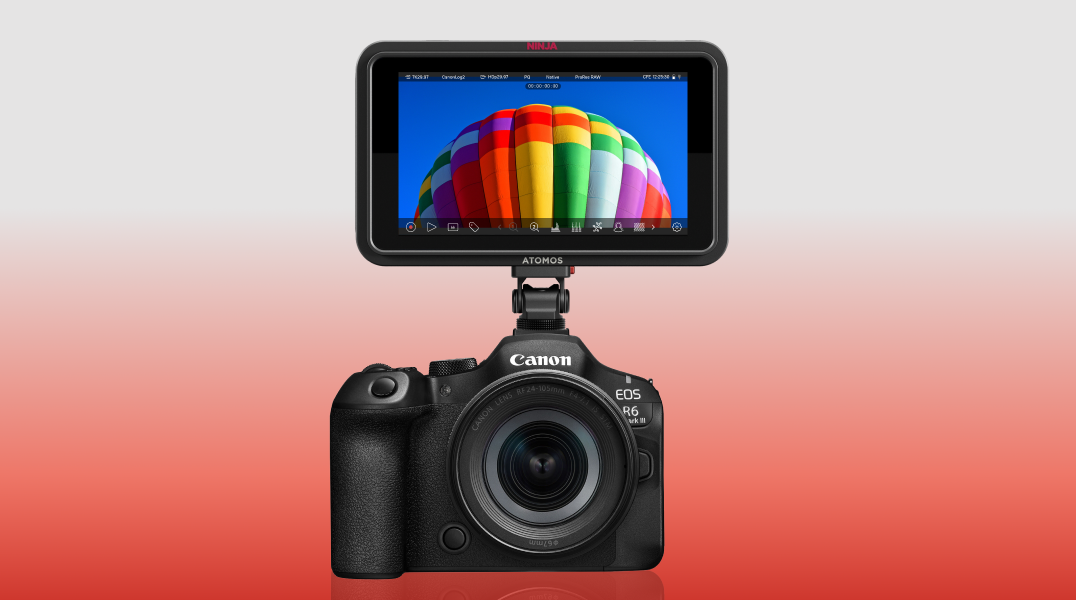Connected, interactive TV is hot, but advertising slow to follow
At the recent CES show in Las Vegas, connected television applications were one of the most popular product demonstrations. So far, however, there appears to be little interest in advertising that specifically takes advantage of the new medium.
In 2011, eMarketer, the research firm, found only eight percent of advertisers invested in connected TV video ads at all. That, compared to more than 40 percent of advertising growth on iPhones and iPads, is very weak. In fact, it’s on par with non-Apple tablets.
According to http://paidcontent.org/ some television set manufacturers are taking matters of advertising growth into their own hands.
For example, Samsung is creating a “Smart TV” strategy on its own with its proprietary platform. After CES, the company launched its own AdHub connected TV advertising services. It offers banner advertising on its home screen with functions like click to microsite (interactive multi pages), click to video and click to application.
Gracenote, the Sony-owned music and media technology company, launched a new service called Entourage, which uses “audio fingerprinting technology” to listen to short clips of content via a mobile device that can trigger the service to then look up content on a smart TV, be it a film to purchase or an advertisement. Gracenote will need a buy-in from smart TV players to make this into an actual paying service.
Yahoo’s connected TV services, which serves content related to programs and advertisements on regular TV, will soon be embedded in Sony Bravia sets. Like Gracenote, it offers an audio-based trigger to deliver advertising. Its technology comes from its own subsidiary, IntoNow. Yahoo notes that its 180-odd connected TV apps already work on connected TV services from Samsung, Vizio, Toshiba, Haier and HiSense.
Ooyala, an online video player, has linked up with Panasonic for its Viera line of connected TVs. Advertisers and content publishers now using its platform will also be able to publish their content on Panasonic’s TVs as they are now able to do on mobile and Internet platforms.
The professional video industry's #1 source for news, trends and product and tech information. Sign up below.
Connected TV may present a dilemma for traditional broadcasters. “Obviously (broadcasters) want to diversify, but they don’t want to alienate existing advertisers and traditional ways of advertising because it’s still their bread and butter,” Simon Murray, an analyst with Digital TV Research in the UK, told PaidContent.org. “Putting too many ads on to programs outside their traditional market might upset their ad base.”
Digital TV Research forecasts that it will take until 2016 until global penetration of for connected TV sets reaches 20 percent. That also includes other devices such as blu-ray players, games consoles and set-top boxes. Anticipated updates from Apple could also advance the market in coming months.
Experts also predict it will take at least five years until the connected TV market becomes more established and advertisers become fully engaged with it.
